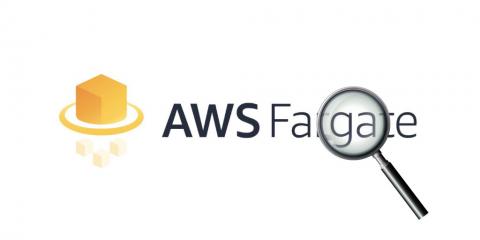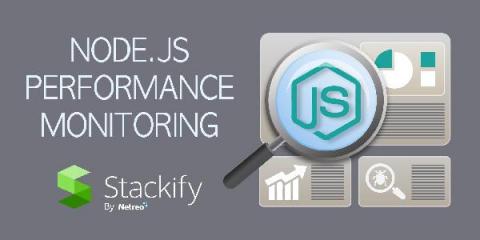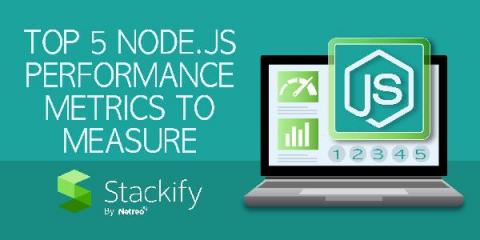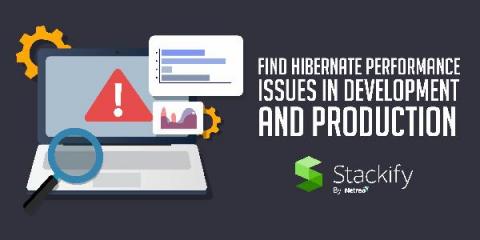What are Linux Logs? How to View Them, Most Important Directories & More
In software, it’s essential to monitor logs of system activities. Today we’ll unravel what Linux logs are and how you can view them. Logging is a must for today’s developers and why Retrace was designed with a built-in, centralized log management tool.










